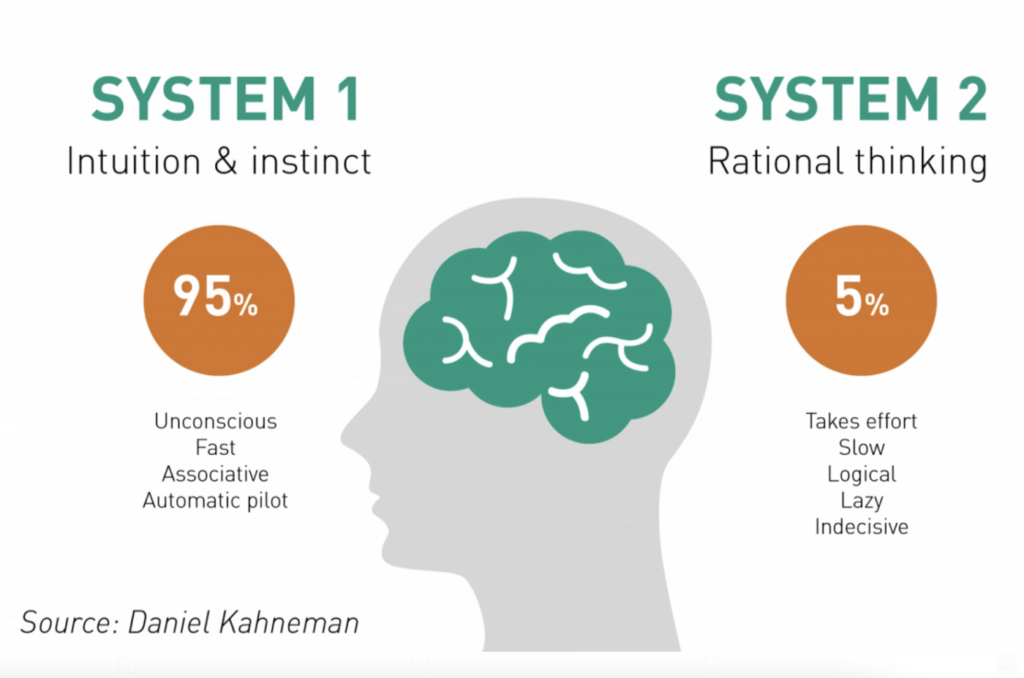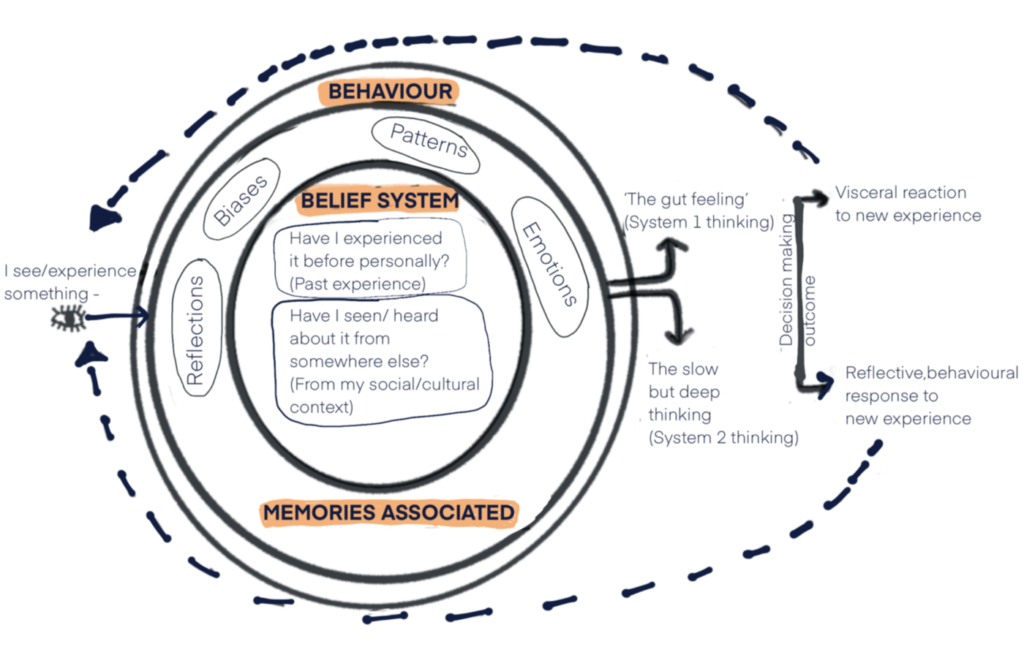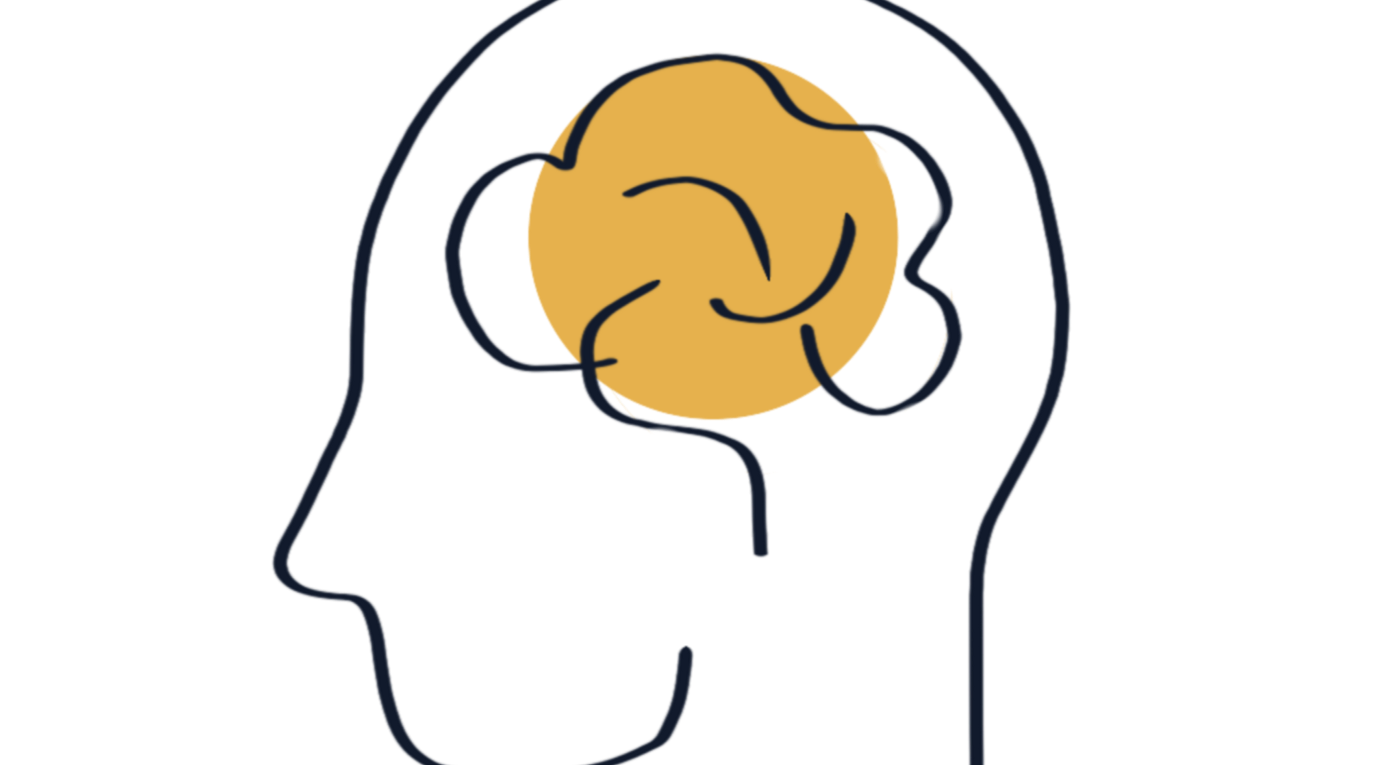Brain & Survival instinct
“The human brain, in all its staggering complexity, is the product of millions of years of evolution.”
For eons, human species have evolved physically as well as mentally and have had to adapt to their environment to survive. This was why they outlived most creatures. With evolution we have passed on certain behavioural traits from one generation to the next as our brains have evolved. Based on MacLan’s triune brain model, our primal brain (the reptilian brain) controls our automatic survival mechanism. For centuries this brain structure has helped human species to not only identify threats but also to strategise and solve problems.
Brain and wiring
The human brain is about four times the size of a chimp’s brain and around 15 times larger than that of a mouse. Hence it is safe to assume that our brains are more complex and sophisticated than most species. Different parts of the brain have developed with distinctive functions and structures. The three main systems are -the cerebral neocortex, the limbic system, and the reptilian brain (as mentioned earlier). The cerebral cortex governs complex movements and activities, logical reasoning, speech, visual and sound processing. The reptilian realm manages the regulatory functions of the body such as the body temperature and everything required for survival, the limbic system, on the other hand, controls the emotional decision-making ability.
When the brain receives information from the five senses, it processes, stores, analyses and verifies the existing knowledge and learned systems passed on for years, connects the dots through patterns to facilitate understanding and making sense of the information received. The pre-existing knowledge and emotions associated with the information create deeper belief systems which dictate how the user feels, thinks and responds, even if these responses are not often rational.
Brain and biases
‘’If you want to regulate a system, there needs to be a prototype of the system.‘’
Lisa Fieldman Barret in a podcast ‘behavioural design podcast’ iterates “ Your brain’s most important job is not thinking, eating ..it is regulating the body, making sure that you are alive and well to pass your genes onto the next generation.”
Humans begin to learn through the loop of prediction ↔ correction and this process helps reduce uncertainties. During a sudden movement, our brain is only receiving the outcome of a change, it has to guess the cause so that it can react accordingly. An example that was stated by Lisa Fieldman Barret was that of rustling leaves in the forest. When we suddenly hear rustling leaves in the forest, we automatically assume that it is the wind, or an animal crawling through the forest. This assumption may not necessarily be based on having personally experienced a similar situation earlier, but it could be a result of having read about similar instances before. This is where Predictions come into play- the brain is predicting the next move based either on their own past experience or learning from their perception of others’ experiences. While our ‘predictive brain’ helps us rationalise an event quickly, we often fall into the trap of confirmation bias as we start creating stereotypical associations. This concept ties in with psychologist Daniel Kanheman whose work centers around decision making and behavioural economics. In his book ‘Thinking fast and slow’ he talks about the concept of system 1 and system 2 thinking. The concept states that our cognitive processes are conducted by two states of thinking, System 1 (the ‘fast’ process) or System 2 (the ‘slow’ process). While System 2 thinking requires some amount of effort in order to get the mental activities rolling, System 1 thinking, on the other hand, is more intuitive and automated.
If we were to imagine these two thinking processes as best friends with polar opposite personalities, one who likes to ‘live in the moment’ while the other who cannot help but overthink everything and is attentive to details.
System 1 thinking, however, is more prone to cognitive biases, forming stereotypes based on past experiences. This side of thinking links back to the ‘fight or flight’ mode of thinking which emerges from our primal instincts and quick emotional reactions.
It is key to be aware that most often our decision-making activities are reliant on the bias impacted System 1 thinking rather than engaging with the laborious System 2 thinking.

Brain and Design
So why such an emphasis on understanding the human brain? Why can’t we generalise human behaviour, and expect humans to behave in a desired way?
Well, it is important to note that if there is a conflict between what we perceive(sensory input) and our pre-existing knowledge of the world, our ability to recognise and make sense of new information is affected.
While as a species we are known to be the ‘rational animals’, we deviate from the normal path, our judgements and decision-making ability is often irrational. As we process information, we look for mental shortcuts to simplify processing. This happens so quickly and effortlessly, that we are still in oblivion and we fail to recognise it. A lot of such irrationalities and biases stem from past experiences and deep-rooted belief systems.
So how does this knowledge help us as designers?
As designers, if we want to create intuitive yet meaningful experiences, we need to tap into these psychological mechanisms and predict these irrationalities and decision-making patterns (without being coloured by our own biases). We need to understand how the brain works and processes information in order to make more informed choices as we build experiences and products for our target users.
When we design experiences, we also need to take into account the evolution of the brain. For example, our primitive brain that has the ability to detect and respond to potential threats, would prefer staying in a ‘safe space’ and hence resort to familiarity. As designers we can tap into the realm of ‘familiarity’, to evoke positive emotions towards the experience.

Brain and choice architecture
People today are subjected to an increasing number of choices in everything leading to a cognitive overload, especially in the digital space. Limiting choices can cause discomfort to the users as well.
In conclusion, as designers, 1) We can present choices in a way that would not require much cognitive effort, to manage the cognitive load, 2) Cater to the users’ needs and biases (conscious and subconscious), 3) Drive action, and 4) Appeal to the emotion of the user. We can introduce impactful nudges and triggers which are small but significant, subtle but clearly visible, ensuring a ‘happy path’ for the user.
References
1. Carroll, Lloyd. “Better Decisions: Two Systems 🧠.” Medium. UX Collective, April 14, 2021.
2. “The Concept of the ‘Triune Brain.’” The Interaction Design Foundation. Accessed December 8, 2021.
4. “Behavioral Design Podcast.” Behavioral Design Podcast. Accessed December 8, 2021.
5. Thaler, R. H., & Sunstein, C. R. (2009). Nudge: Improving decisions about health, wealth, and happiness.
Note: Based on my literature survey and from listening to behavioral podcasts,I have tried to correlate the different aspects of my learnings and present a coherent interpretation from a UX designer’s perspective








